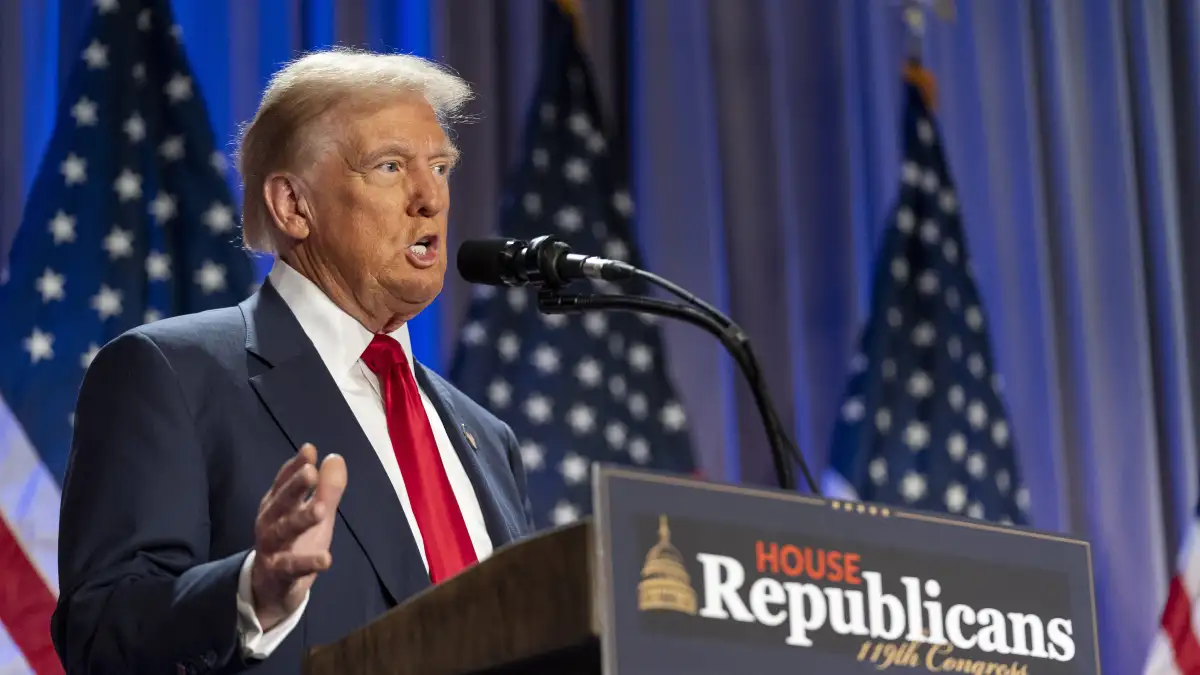
US President-elect Donald Trump stunned the House Republicans ahead of the start of his second term by hinting he might run for the third time. “I suspect I won’t be running again unless you (supporters) say otherwise,” Trump told House Republicans. The guests present in the House burst into laughter. This triggered a wild speculation about whether Trump could run for the Presidential race in 2028. However, it was not the first time when there was a debate over the issue.
According to the US Constitution, laws don’t allow a President to contest for a third term. If Trump wants to do so, the law has to be amended, which experts say is rarely possible.
Twenty-Second Amendment
Section 1
According to the US Constitution, Article 22 states that “no person shall be elected to the office of the President more than twice, and no person who has held the office of President, or acted as President, for more than two years of a term to which some other person was elected President shall be elected to the office of the President more than once”.
But this Article shall not apply to any person holding the office of President when this Article was proposed by the Congress, and shall not prevent any person who may be holding the office of President, or acting as President, during the term within which this Article becomes operative from holding the office of President or acting as President during the remainder of such term, according to the constitution of the United States.
Section 2
This article shall be inoperative unless it shall have been ratified as an amendment to the constitution by the legislatures of three-fourths of the several States within seven years from the date of its submission to the States by the Congress.
Why did America change the law in 1951?
The sources of the 22nd Amendment lie in the exceptional election of Franklin D. Roosevelt to four presidential terms. He served as American President between 1932 and 1944. He broke a longstanding, informal tradition established by George Washington (first US President), which limited presidents to two terms, or eight years in office. After a massive outrage in US, Roosevelt contended that his extended term was essential for uniform administration during the global turmoil of World War II.
In response to Roosevelt’s four-term presidency, Congress introduced the 22nd Amendment, which was passed on March 21, 1947, following extensive discussions in both the House and Senate. A key provision of the amendment, proposed by Senator Robert Taft, addressed the eligibility of a vice president or acting president to run for additional terms. If such a leader served over two years of a predecessor’s term, they could only run for one more full term. If they served less than two years, they could seek two full terms of their own. The amendment was ratified by a supermajority of states, officially becoming law on February 27, 1951, with Minnesota’s approval marking the final state needed for ratification.
Since its ratification, the 22nd Amendment has remained largely unchallenged in terms of its application, though there have been several failed attempts in Congress to repeal it.
Also Read: Donald Trump shocks everyone as he hints at third term in White House: Details


